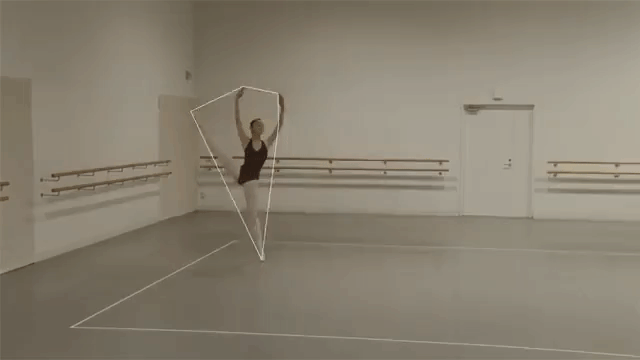https://educationcloset.com/2012/11/15/the-geometry-of-dance/
This site explained geometry in ballet. Without geometry the dance wouldn’t look as nice. Dancers form shapes with the bodies so they must understand geometry and what shape they have to form. This site also talks about symmetry and asymmetry and how it is important to a dancer.
This site was useful because it talked about geometry and symmetry and if I want to explore just those 2 topics I have a site I can go on. This site was very short but had good information. Now I know how important geometry in dance is, because without it my dancing won’t look as nice.

 This website explains about Microtechnology and what the impacts are on the environment. There are both pros and cons to the environment. With nanotech batteries will contain less harmful materials so they don’t kill wildlife. The website also describes all their examples in detail so it is easy to understand. Nanotechnology can help clean up oil spills so that wildlife can not die. I think that this is a reliable website because the information is very well written.
This website explains about Microtechnology and what the impacts are on the environment. There are both pros and cons to the environment. With nanotech batteries will contain less harmful materials so they don’t kill wildlife. The website also describes all their examples in detail so it is easy to understand. Nanotechnology can help clean up oil spills so that wildlife can not die. I think that this is a reliable website because the information is very well written.